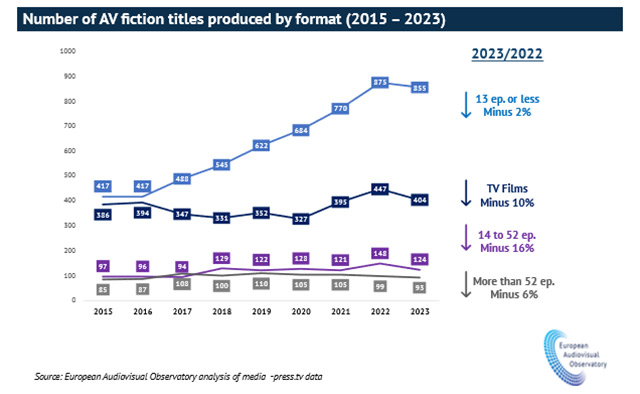Tech
EU Digital Identity Wallet: Everything you need to know about Europe’s digital ID system

The EU plans to launch universal digital identity wallets by 2026, simplifying services for citizens, residents, and businesses across member states. Currently in testing, these wallets will store digital IDs, medicine prescriptions, digital signatures, and more.
EU Digital Identity Wallet (Image Creditgs: ec.europa.eu)
The European Union (EU) plans to launch a universal digital identity system by 2026. This will include digital identity wallets for EU citizens, residents, and businesses, making various services accessible across member countries. The EU’s digital identity wallets were announced in 2021 and are currently being tested.
Many countries in Asia and Africa have implemented national biometric digital IDs, such as India’s DigiLocker. While some EU countries like Estonia also have their own de-centralised e-ID systems, the EU aims to create a unified digital ID framework for seamless cross-border online interactions.
EU Digital Identity Wallet use cases
The EU Digital Identity Wallet aims to “simplify the lives of citizens, residents and businesses” and ensure that their data stays secure and private. It will allow users to store digital versions of their identity cards, such as driving licenses and government IDs to verify their identity online for banking needs, registering a new SIM card, and more. It will also enable users to store:
- medicine prescriptions
- digital signature
- bank accounts for easy online transactions through a wallet
- store and share key travel documents like boarding passes, and identify yourself when making hotel reservations
- store and share your education credentials when applying for a new job
Technical specifications of the wallet
In June 2021, the European Commission recommended that Member States collaborate to create a Toolbox for the EU Digital Identity Wallet. This Toolbox includes an Architecture and Reference Framework (ARF), technical specifications, and guidelines.
The first version of the Toolbox, with a draft of the Architecture and Reference Framework (ARF), was published in February 2023. It outlines the standards and practices for building the EU Digital Identity Wallet. The Toolbox is continuously updated with input from the eIDAS Expert Group and feedback from Large Scale Pilots. The latest version (v1.4) was published on May 22, 2024. Feedback on the Toolbox can be provided via the European Digital Identity GitHub.
The European Commission is also developing reusable code libraries, called the Wallet Reference Implementation, to speed up wallet deployment. Each EU Member State will provide at least one EU Digital Identity Wallet for its citizens, residents, and businesses.
To ensure seamless cross-border functionality, all Member States will use a common set of standards and specifications. These specifications will be referenced in Implementing Acts, making them mandatory for all wallets across the EU.
Pilot projects
Notably, four large-scale pilot projects, based across Europe, are building prototypes and testing everyday use cases of this wallet. These were launched in April 2023 before their roll-out to Member States.
A total of 360 private companies and public authorities from 26 EU Member States, along with Norway, Iceland, and Ukraine, are participating in the Pilot Projects to test drive the wallet’s specifications. These projects operate as consortia, combining public and private sector expertise from across the EU, and are funded by European Commission grants.
Follow us on social media










